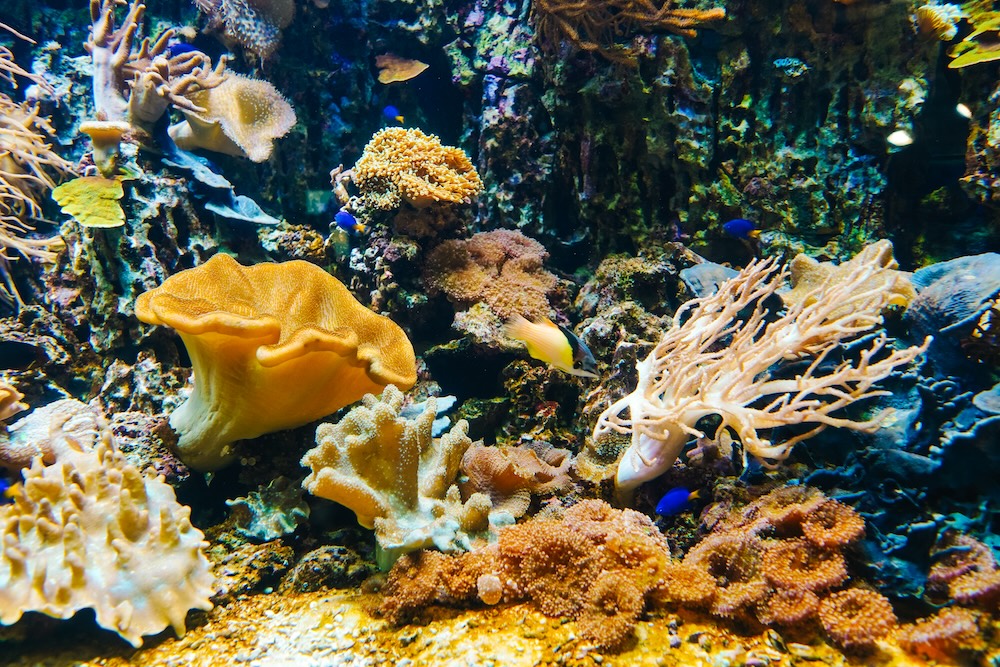Sunscreen and the Ocean: An Unseen Threat
When we lather up with sunscreen before swimming, we’re protecting our skin—but we may be harming marine life without even knowing it. Traditional sunscreens often contain chemicals that are toxic to coral reefs, marine organisms, and ecosystems. That’s where reef-safe sunscreen comes in.
What Is Reef-Safe Sunscreen?
Reef-safe sunscreen is formulated without ingredients known to harm coral reefs or aquatic ecosystems. Typically, this means it’s made with mineral-based UV filters like:
- Non-nano zinc oxide
- Non-nano titanium dioxide
These ingredients sit on the skin rather than being absorbed, offering UV protection without disrupting ocean life.
Harmful Ingredients to Avoid
The following ingredients are known to cause coral bleaching, DNA damage in marine species, and hormonal disruptions in aquatic animals:
- Oxybenzone (benzophenone-3)
- Octinoxate (ethylhexyl methoxycinnamate)
- Octocrylene
- Homosalate
- Avobenzone
- Parabens and phthalates
Even tiny concentrations—as low as one drop in 6.5 Olympic-sized swimming pools—can have a toxic effect on coral reefs.
How Sunscreen Pollutes Coral Reefs
- Swimmers introduce sunscreen directly into the water
- Wastewater (including from showers) carries chemicals to the ocean
- Sunscreen chemicals can disrupt coral reproduction and increase coral bleaching
- It also affects fish larvae, sea urchins, and sea turtles
What to Look for in a Reef-Safe Sunscreen
When shopping for reef-safe sunscreen, look for:
- “Reef-safe” or “reef-friendly” labels (though not regulated, it’s a good start)
- Mineral-based with zinc oxide or titanium dioxide
- Non-nano particles (meaning they’re too large to be ingested by coral)
- No synthetic fragrances or preservatives
- Biodegradable and plastic-free packaging, when possible
Tips for Reducing Sunscreen Pollution
- Cover up with UPF clothing, rash guards, and hats to reduce the need for sunscreen
- Apply sunscreen at least 15–30 minutes before entering water, giving it time to absorb
- Shower before entering natural water sources to rinse off any residual products
- Choose products that are water-resistant, reducing the need for reapplication in the water
Common Questions
Is reef-safe sunscreen less effective?
No, many reef-safe sunscreens provide broad-spectrum SPF protection. The key is choosing one with non-nano zinc oxide or titanium dioxide.
Do all mineral sunscreens count as reef-safe?
Not necessarily—only if they contain non-nano particles and avoid harmful additives like parabens.
Are reef-safe sunscreens regulated?
Unfortunately, no. The term “reef-safe” isn’t regulated, so it’s important to check the full ingredient list.
Is spray sunscreen reef-safe?
Usually not—spray sunscreens often contain harmful chemicals and may be inhaled, posing health risks.
Final Thoughts
Protecting your skin doesn’t have to come at the cost of marine ecosystems. Reef-safe sunscreen is a simple switch that protects coral reefs, marine life, and water quality. As coral reefs continue to suffer from pollution, warming waters, and habitat destruction, every step toward sustainability matters.
Next time you head to the beach, make sure your sunscreen is helping—not hurting—the environment.









Reader Interactions